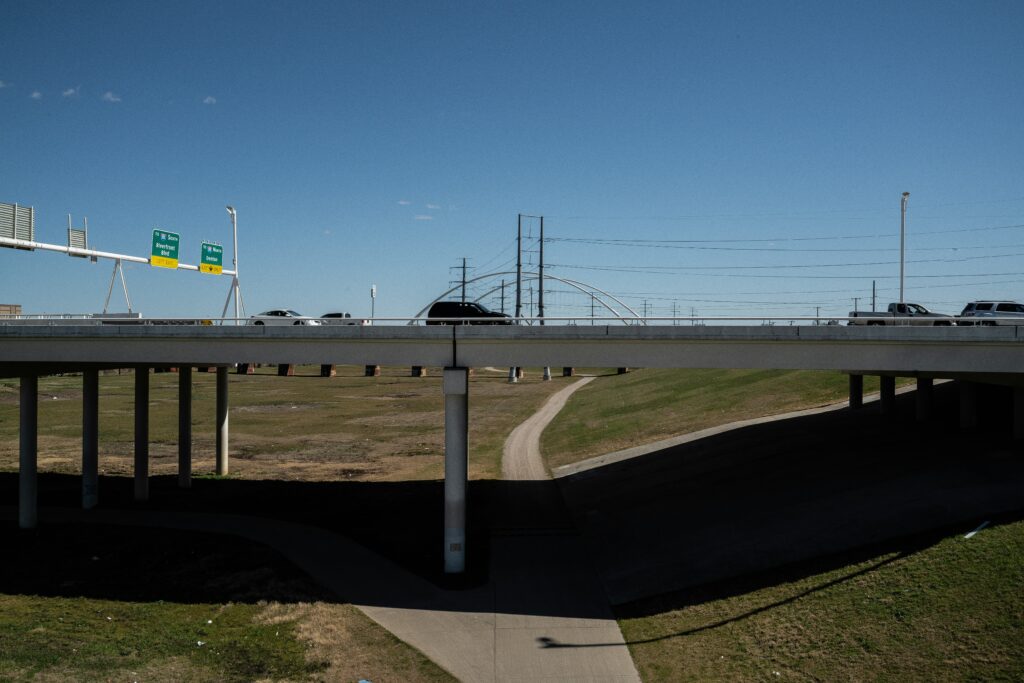New Texas Toll Road Raises Safety Concerns Among Drivers
As Texas continues to expand its highway infrastructure to accommodate a growing population, the opening of a new toll road has sparked significant conversation among drivers—and not just about toll fees. Safety concerns are emerging as one of the biggest issues tied to the new roadway. Drivers, transportation experts, and personal injury attorneys alike are raising red flags about design flaws, speed limits, and driver confusion.
Here’s what you need to know about the safety concerns surrounding Texas’ newest toll road—and how you can protect yourself.
Why the New Toll Road Is Under Scrutiny
Toll roads are often seen as a convenient solution to traffic congestion. They provide faster routes and relieve overcrowded highways. However, newly opened roads can bring unexpected challenges. In the case of the latest Texas toll road, several key safety issues are causing alarm:
-
High Speed Limits
Some stretches of the toll road have speed limits as high as 85 mph—among the fastest in the nation. While high-speed limits may reduce travel time, they also dramatically increase the risk of severe accidents. A crash at 85 mph is far more likely to result in catastrophic injuries or fatalities compared to a crash at 65 mph. -
Driver Confusion
New interchanges, exits, and toll booths are causing confusion for unfamiliar drivers. Missed exits, sudden lane changes, and abrupt braking are common, particularly for those relying on GPS navigation that may not be fully updated. -
Lack of Proper Signage
Several drivers have reported inadequate or poorly placed signage, making it difficult to anticipate exits, speed changes, or lane shifts. When drivers are forced to make last-second decisions, the risk of rear-end collisions and side-swipes increases significantly. -
Heavy Commercial Traffic
In addition to passenger vehicles, the new toll road is attracting a significant amount of commercial truck traffic. Larger trucks traveling at high speeds create an even more dangerous environment for smaller vehicles.
Who Is Most at Risk?
While all drivers face potential risks, certain groups are particularly vulnerable:
-
New and Inexperienced Drivers
Young drivers may struggle with the high speeds and complex interchanges. -
Out-of-Town Travelers
Visitors unfamiliar with the road’s layout are more likely to miss exits or make sudden maneuvers. -
Motorcyclists
Motorcycles are at greater risk of severe injury in high-speed environments, especially when visibility and reaction time are compromised.
How to Stay Safe on the New Toll Road
If you plan to use the new toll road, here are essential safety tips:
-
Stay Informed
Familiarize yourself with the road’s layout before your trip. Check updated maps and understand where your exits are located. -
Follow Posted Speed Limits
Even if the road allows high speeds, drive at a pace where you feel safe and maintain full control of your vehicle. -
Allow Extra Time
Plan your route with extra time built in so you won’t feel rushed or pressured to drive aggressively. -
Maintain a Safe Following Distance
At high speeds, you’ll need more distance to safely stop. Keep plenty of space between you and the vehicle ahead. -
Stay Focused
Avoid distractions like cell phones, food, or fiddling with navigation systems while driving. -
Watch for Commercial Trucks
Give large trucks plenty of room, and avoid lingering in their blind spots.
What Should You Do If You’re Involved in an Accident?
If you find yourself involved in an accident on the toll road, it’s important to take quick, smart actions:
-
Check for Injuries
Prioritize safety. If anyone is injured, call 911 immediately. -
Move to Safety
If possible, move vehicles out of active traffic lanes to prevent secondary accidents. -
Call Law Enforcement
Even minor accidents should be reported, especially on toll roads where camera footage may be available. -
Document Everything
Take photos, gather witness information, and note road conditions and signage. -
Consult a Personal Injury Attorney
Accidents at high speeds often involve serious injuries and complex liability questions. An experienced attorney can help protect your rights and ensure you receive fair compensation.
Final Thoughts
Toll roads are designed to make travel faster and easier—but safety should always come first. The new Texas toll road presents unique hazards that drivers must be prepared for. By staying informed, cautious, and attentive, you can navigate the road more safely and protect yourself and your passengers.
If you or a loved one has been injured in an accident on a Texas toll road, don’t wait. Speak with an experienced personal injury lawyer who can help you understand your rights and fight for the compensation you deserve.

